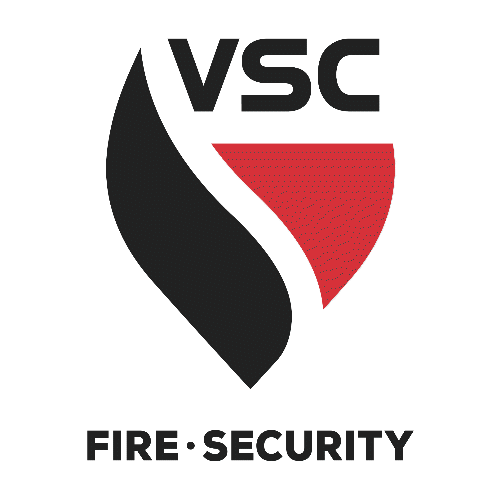Week 1 Hole Covers on jobsites
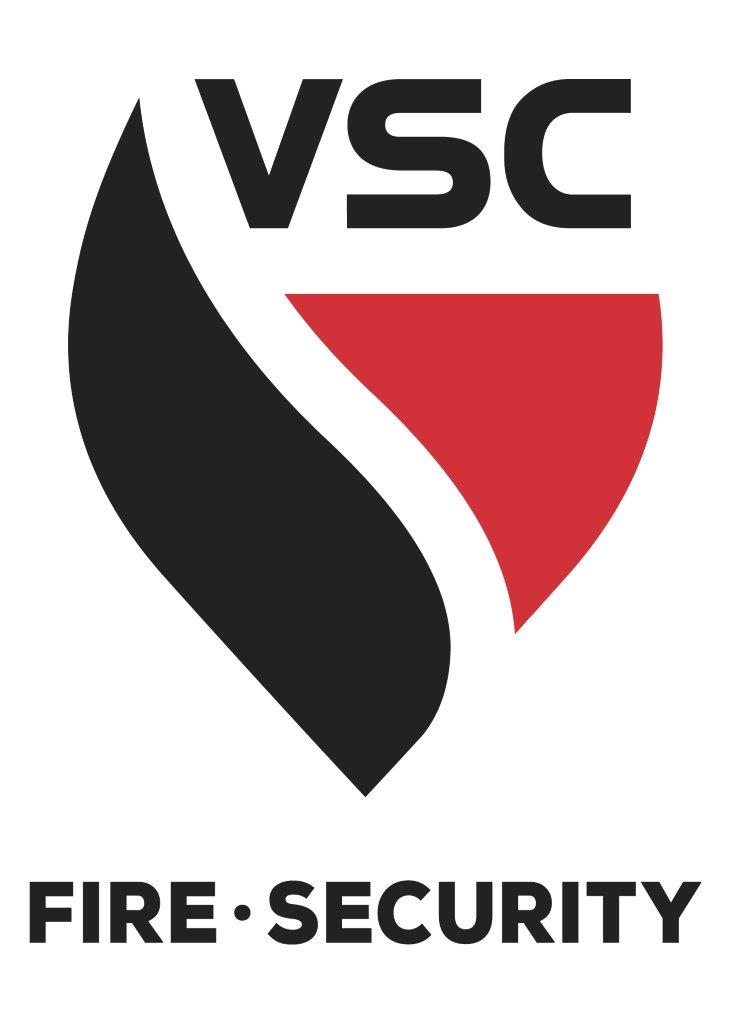
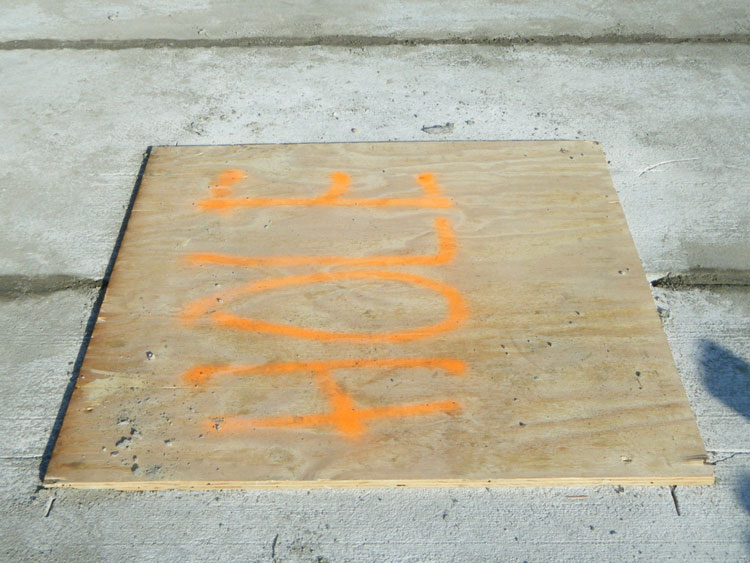
It has to be a terrible feeling. One moment your feet are on what seems to be a solid surface, the next moment they’re in mid-air as you begin a fall to a level far below. That’s how a floor opening fall typically happens. A worker at a construction site falls through an opening to a surface below or into industrial machinery on a lower level. Openings in floors and roofs are often part of the work environment during construction, renovation, and demolition. They must be guarded and securely covered so no one can accidentally step in.
Hole covers must be capable of supporting, without failure, at least twice the weight of employees, equipment, and materials that may be imposed on the cover at any one time
Securing and Labeling
- All covers must be secured when installed to prevent accidental displacement by wind, equipment, or employees
- All temporary covers must be marked with the word “hole” or “cover” to provide warning of the hazard
Barriers
- Barriers must be of such construction and mounting that, when in place at the opening, the barrier can withstand a load of at least two hundred pounds applied in any direction (except upward), with a minimum of deflection at any point on the top rail or corresponding member
- Screens must be of such construction and mounting that they are capable of withstanding a load of at least two hundred pounds applied horizontally at any point on the near side of the screen
- They may be of solid construction of either grill work with openings not more than eight inches long, or of slat work with openings not more than four inches wide with length unrestricted
Remember we can be cited for working around exposed holes or fall hazards. It is important that when we are working around these areas or we leave for any reason the hole must be covered and protected.
Week 2 Guardrails
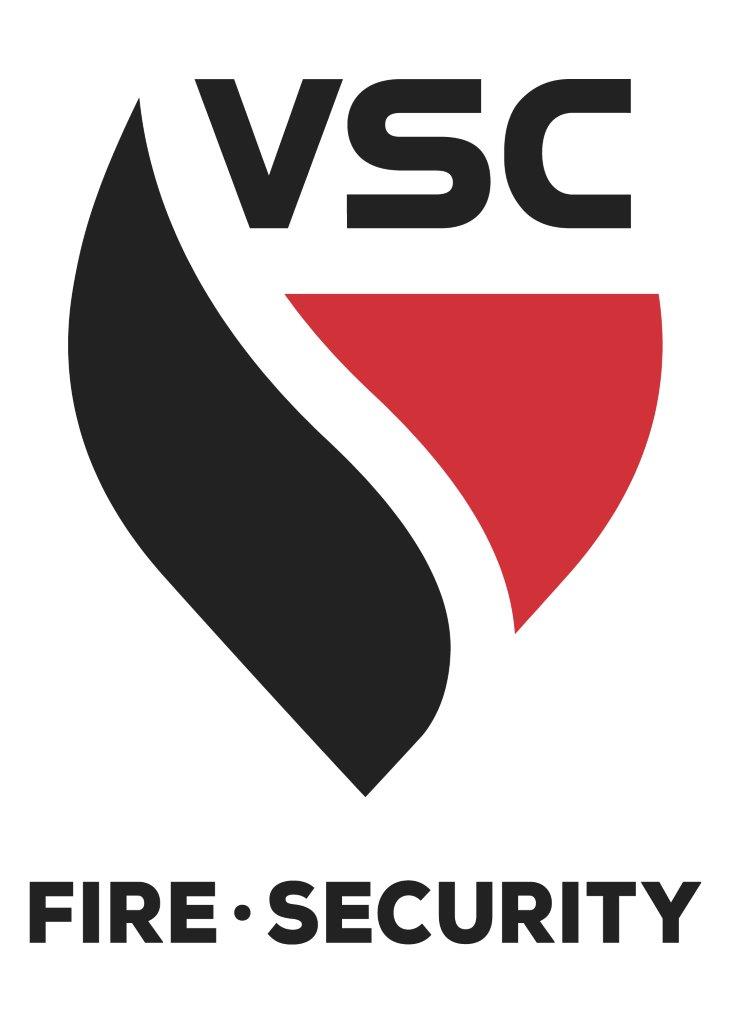
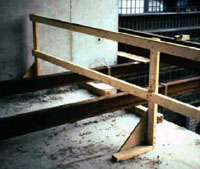
One of the more common OSHA citations is for lack of or improperly erected guardrails. There are two basic types of guardrail, the perimeter guardrail (i.e., found on flat roofs, upper stories before framing walls) and floor opening guardrails. Both are constructed the same way and are designed to provide the same type of protection. All open-sided floors or floor openings exposing workers to a fall of six feet in construction to a lower level must be protected
Standard Specifications
- The top rail should be 42 high and constructed of 2×4 stock wood.
- The intermediate (or mid rail) should be 21 (also using 2×4).
- The bottom rail or toe board should be at least 4? in vertical height from the floor to the top of the toe board.
- Uprights will be 2×4 at 8” centers at a minimum.
- All components must withstand a load test of 200 pounds at any point.
General Rules
- Install guardrails properly the first time and reduce the amount of maintenance.
- Regularly inspect all rails in your working area to ensure no maintenance is needed
- Window and Door Openings must have fall protection as well
- Interior stairwells requiring handrails around all areas of exposure
- Anyone repairing a guardrail at elevated heights should be wearing their Personal Fall Arrest System (PFAS) and be tied off to an anchor point.
- Enforce replacement by subcontractors when they remove them.
Remember: Guardrails are designed to protect you from falling from one level to another. If the guardrail is defective or not there at all, then you are exposed to serious injury or even death
Week 3 Compliancy/Common Sense
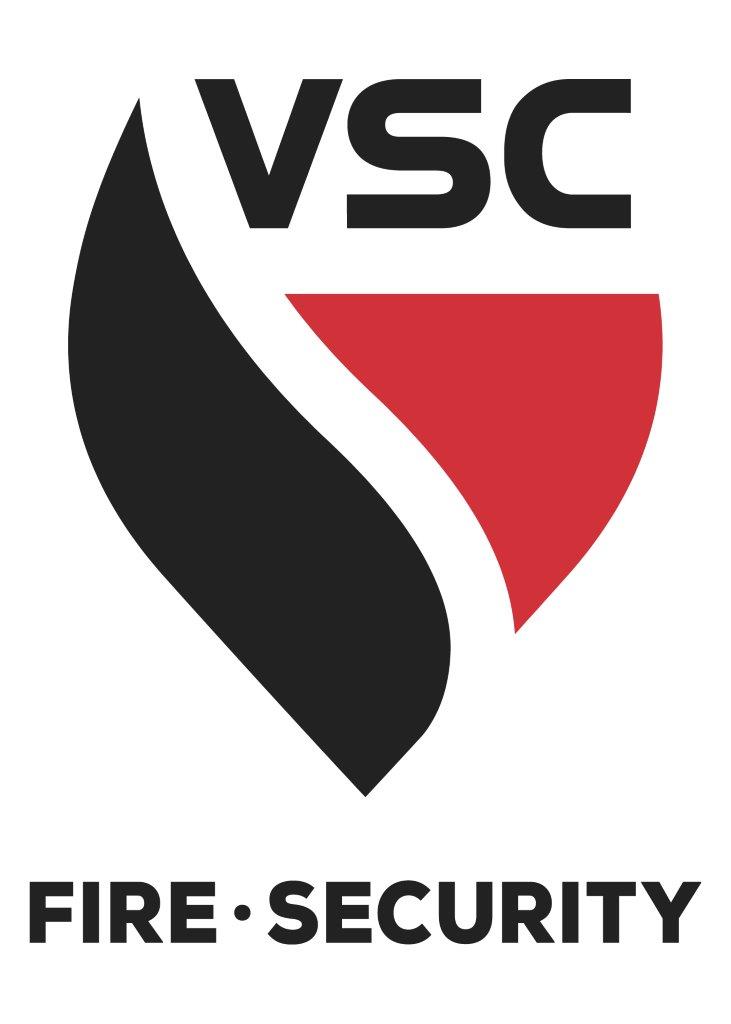
Most accidents are caused by the failure to use common sense and becoming complacent. Taking that extra second to think about what you are doing and looking out for one another can be the difference in getting seriously hurt or going home as planned. Most of all accidents happen from some of these items listed below.
Here are some commonsense/compliancy safety rules:
• Treat safety as an important part of your job
• Keep your full attention on what you are doing
• Know and follow the company safety rules
• Use the required protective equipment
• Remind your coworkers about safety procedures and equipment
• Pay attention during safety training programs and meetings
• Know what to do in case of an emergency
• Ask questions when you don’t understand
• Don’t fool around or show off on the job
• Don’t let anger; frustration or personal problems interfere with your work
• Don’t ignore a safety hazard
• Don’t become overconfident or complacent with jobs you’ve done many times , or assume since you have been doing your job for years nothing will (The moment you do that something will happen to you)
• Don’t use equipment in ways they were not intended
• Don’t get pressured by others into ignoring safety procedures
• Don’t take shortcuts on the job
• Don’t assume safety is someone else’s job
REMEMBER YOU ARE IN CONTROL OF YOUR ACTIONS!!!
Week 4 Fall Protection
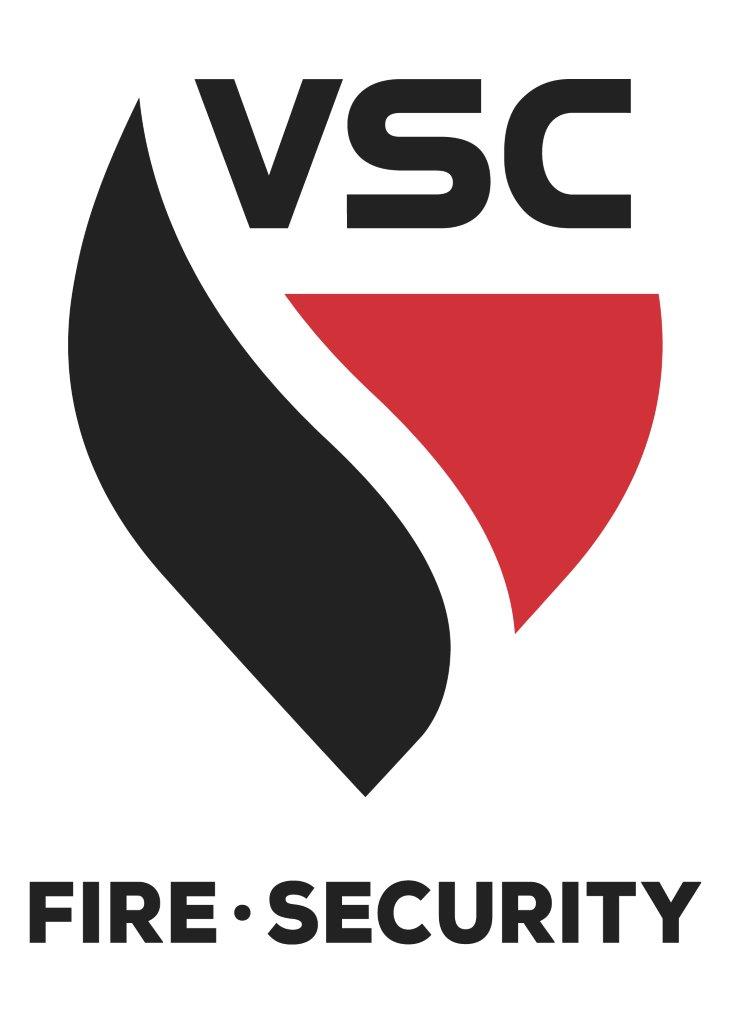

Falls continue to be in the top 5 for OSHA citations and number 1 for VSC injuries, this year alone as of 2025 we have had 5 falls in a short time span of 2 months, these range from ladder usage to MEWP equipment. Below are things to remember when working at heights above 6 feet or greater and working on MEWP equipment.
- Average falls range from 6-10 feet, which puts us in that category, so we must stop, think and address the hazards necessary
- Anything 6 foot or more to a lower level requires Personal Fall Protection, that could be a Restraint system or a Fall Arrest system to stop you from hitting the ground
- Assess the area you are working in, don’t assume it is a normal thing
- Shut the gate on your MEWP, check check and check
- VSC requires 100% tie off on all MEWP equipment
- Face away from the fall hazard
- Use your spotters for both the ladder and MEWP
- Clear your path of work area
- Don’t take short cuts these will get you hurt
- Ask for the proper equipment you need
These accidents are preventable, and you can make the change by doing the right thing. You are the one that suffers the consequences by lost time from your family, work and more importantly death. No one wants to have to tell your family you will not be making it home tonight.
